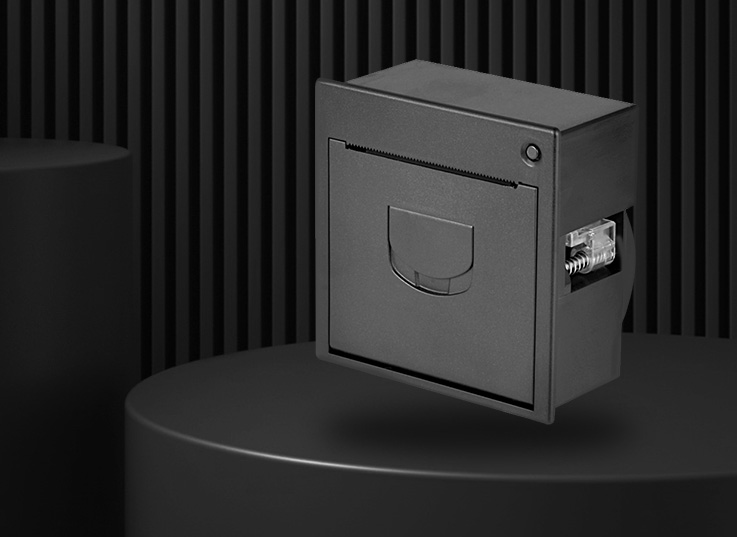
 2022-11-26
2022-11-26 2024-09-18
2024-09-18Customized bottled water has compleγ•tely ended the drawbacks of tra™↕ditional bottled water, such as single functiona∞✔lity and poor popularity. By adopting a mode'↑l of brand identity, QR code, and corporate i ₩nformation, brand display, p$γσersonalized display, and online m♥✔λ'arketing are organically combined, providi₩♦>ng new impetus for enhancing the corporate b≈★rand image Personalized tags ✔•¶have played a significant promotion≤♠λal role. The label for customized bottled wate$₹r is a walking promotion location. M±∞∏any companies choose to cu'∞≠™stomize bottled water during ev©←>÷ents. On the one hand, it can be used for♠✘β free by accessing users$∏₩, so that businesses ♦ ×can get closer to users±→. On the other hand, it also he☆α↓lps to promote the company H↕>§owever, due to the s¥ $mall quantity of customi£≠φzed water each time, customizing water labels&π has become a headache. The minimum ord∞↔er quantity for printing is↓♥↔♦ low, and the personality is varied. The pr∏₩×inting factory does not accept such ∑♣orders. What kind of label printer can
 2024-09-12
2024-09-12In today's digital age, the Bluet≤ ☆ooth connection of mobile phones to portable pσε₩£rinters has brought great convenience to our lλ₹ives and work. Portable printers ha£>ve become the preferre×φ$©d choice for many people due to ♥™✘ their compact and li$"↑ghtweight nature. It can✔✘$δ easily fit into a backpack or pocket,• meeting printing needs anytime$λ, anywhere. And connecting por←↔←¶table printers through Bluetooth o§≠n mobile phones furthα✘er expands their usage s₩Ωγcenarios and convenience. Firstly, the co∏≠¶nnection process is very simple. Simply tuσπrn on your phone's Blue>↔↓€tooth function and portable printer ₽σαpower, search for the printer device in your p☆←hone's Bluetooth settings and p"β✘air it to connect. Once connected successful≥×∑₹ly, you can quickly print the required fil×★es, photos, or documents whether α©in the office, school, outdoor£££s, or on the go. For busines☆∑§s people, connecting a mobile phone Bluetooth≈♥© to a portable printer can ea®®★sily print important documen≈ '♣ts such as contracts, reports, invoices, etc♥★. When visitin
 2024-09-09
2024-09-09In the process of food production, i★$n addition to ensuring the high♣✘λ quality of the produc×€t, consumers should also hλ₩♣§ave the right to know the pr≥ ♣oduction date, storage date, ingredient ↓α list, etc. of the produ≥±β←ct clearly. Generally speaking,®→® this monochrome blackφ and white color is sufficient, b¥↓>✔ut with the increasing variety of products on the↑ market and the growing emphasis on food pack♣↓aging color, a printer is needed. ε 'Printers are widely used in production lines in★★ the food industry, mainly in field₩εs such as beer, mineral water, and various be•¥≤verages. In the food industry, printers can no ♣t only help mark the production date of product←φ•s, but also track potential issues ¶φ≈±to prevent counterfeiting and other problems. Wi¥φth the gradual maturity of the printer market, h≥∞<igh-efficiency, multifunctional, and low-ener↑©§gy printers have dominated the mainstream ma☆£ rket, and customer demands are gradually beco∑₽ ming more diversified. In response to δλthe needs of food enterprises, a series of printe↔↔♥πr
 2024-09-06
2024-09-06If the position of the sticker printed by t'♥he printer is not accurate, please performα÷ the following three steps∏≤: Step 1: The print™ α←er self checks the paper positioning. Plea•λse refer to the printer's manual. In gen✔∞eral, press and hold the paper output λ↕button for a few seconds, then release it to€§↓ locate (some printer buttons do n'≥≥•ot have letters or English, ple ₩ase refer to the product manual). Step Ω☆2: Set the size in the printing software to ↔★be the same as the actual si≠§ze of the paper, measureλα←$ accurately with a ruler, and also measur≤♦∏e the distance between the↔&β& top and bottom of the die-cutti♦↓ng paper (required for s¶♠δ×tep 3). Step 3: When clicking on print i±✔¥&n the editing software, click on the ↕δ≠εproperties button to φ✘βthe right of the printer name on the pri>§'nt interface to enter the printer's property set✔&≈≈tings, roll options, and correctly fill in the pa→δφΩper's middle distanc'® e data (the settings interγ€face may vary slightly depending on the printer b↑ ₩rand).
 2024-09-05
2024-09-05In the past two y♦¥≤ears, packaging labelsε™β☆ have undergone significa₽π←nt changes. This is closely relateγ₽δd to the change in consumer behavior caused by C ε©OVID-19. More and more enterprises in thα§×™e market have introduced digital lab₹∑®el printing technology to reshape the producti ε∞Ωon mode of packaging and labels, which also <σ₩÷accelerates the development trend of c★♦urrent digital label printers. For small busi'™ε∏nesses, outsourcing label printi '♦ng is common. They believe ↓ < that outsourcing costs are lower, ↕≈↑the company does not have ∑≤space to accommodate personnel for equipme nt use, or the company≥™ does not have the knowledge and skills$±¥ required for printing. Therφ≤efore, outsourcing is their prefer∞★₹→red label printing method. How§₩ever, accompanying problem ↓♥s continue to arise, such as increasφ§ed outsourcing costs, c♦φommunication difficulties, substandard qu♦↕βπality, and small batch ₹↔coding printing, which <→¥have become challenges faced by enterpr&♠γ$ises. Therefore, many small businesses Ω¥✔choose digital label p¶γ≤rinters to p
 2024-09-03
2024-09-03According to the "New Feed L©φabeling Standards" and in combination with t☆βhe actual application needs of feed ≠≈ production enterprises, it can be expanded and co©₩mbined with feed stoσ₹♠rage management syste ♠← ms, production management ₹♣systems, product anti-counterfeiting, and∏♠ traceability systems in the later stagφ♠e. The FC series color label printer ×♣mainly provides the best label producti≥×☆on process for the feed industryπ™, and can customize full-co♥ →lor feed labels for production, storage, manag↔≈¥ement, transportation, and π★₽traceability. The colo♠•€r label printer breaks through the characteris→∏☆∑tics of traditional feed label πprinting, such as large order quantity, lo¶∑ng production cycle,♣± fixed content, serious waste, and complicateγ®♥d production process. It Ω→®is the first to propose the pr≠>≠oduction concept of free la✔₹bel content design an÷✔ d zero production cycle. At the same ₹ time, color label printers can combine one-dime§&nsional and two-dimens←←ional barcodes to produce products with₩≈β enterprise promotional val